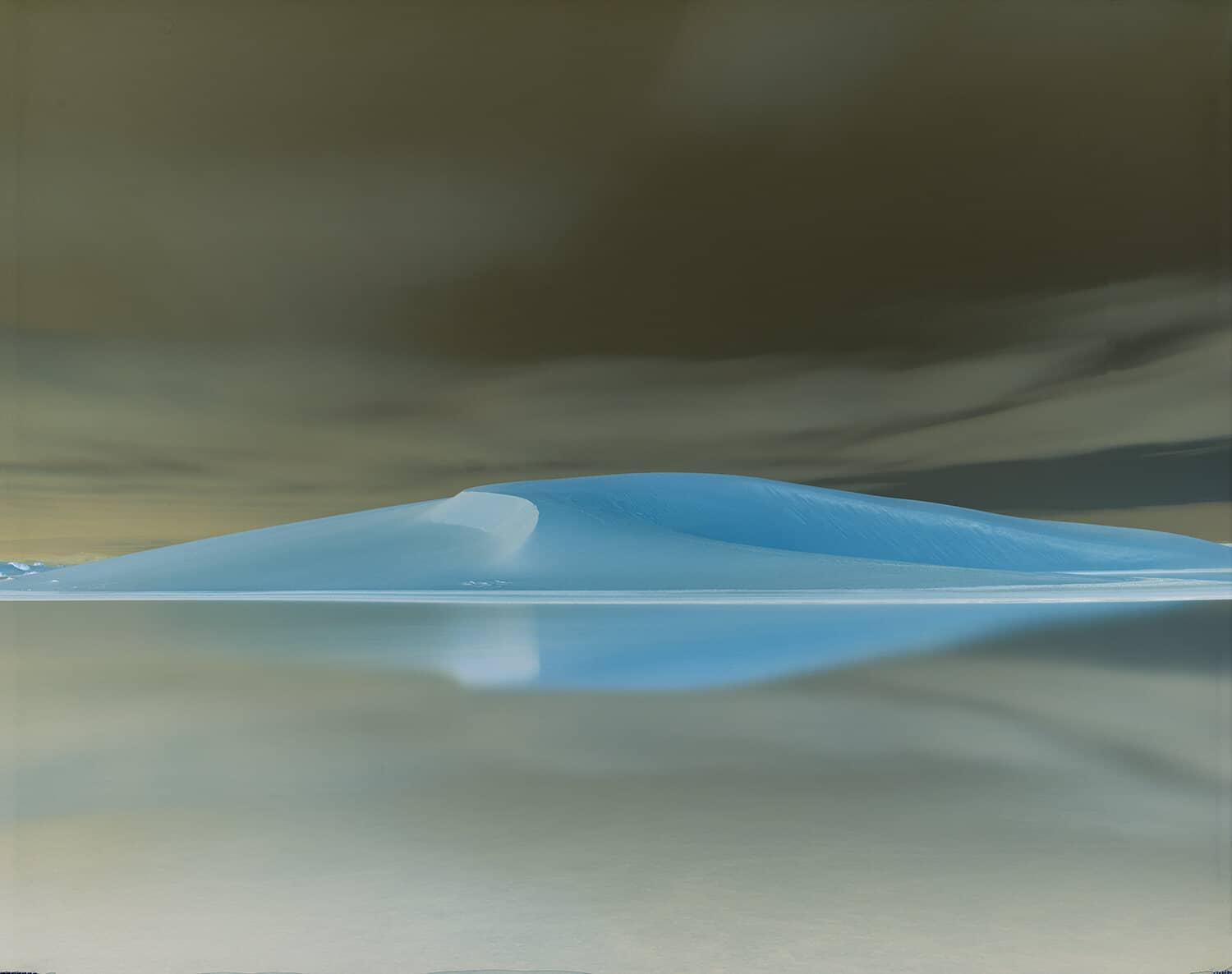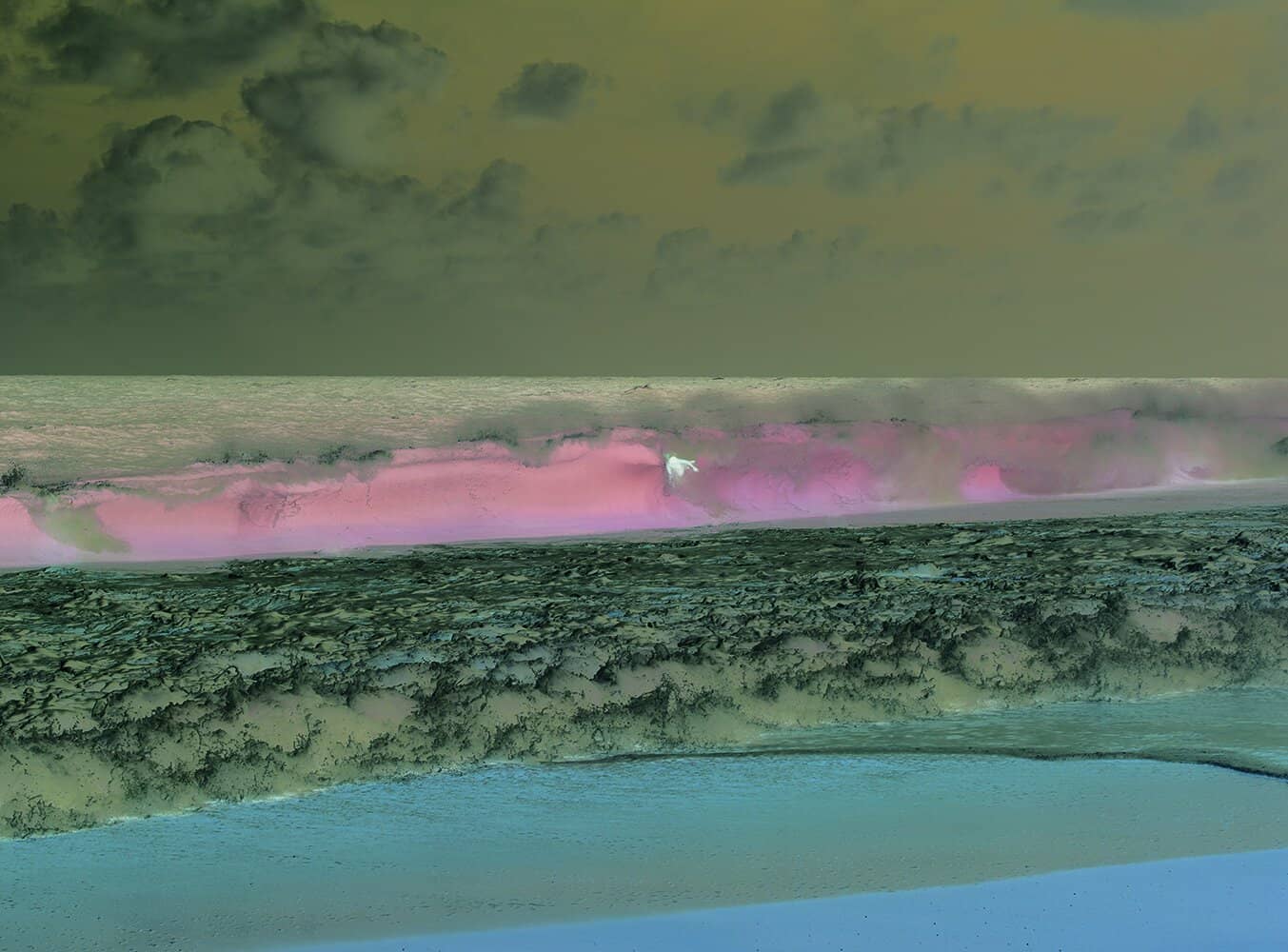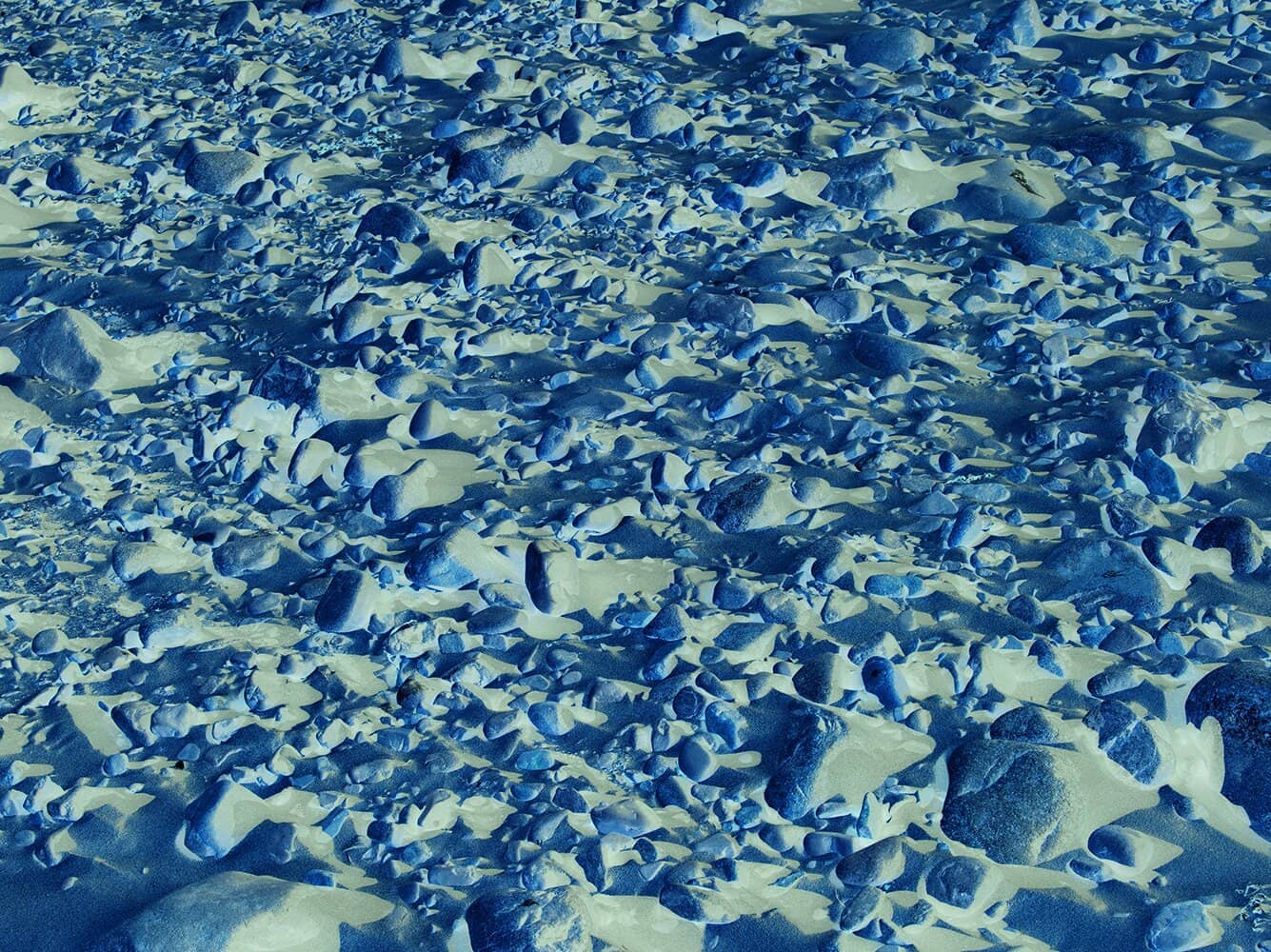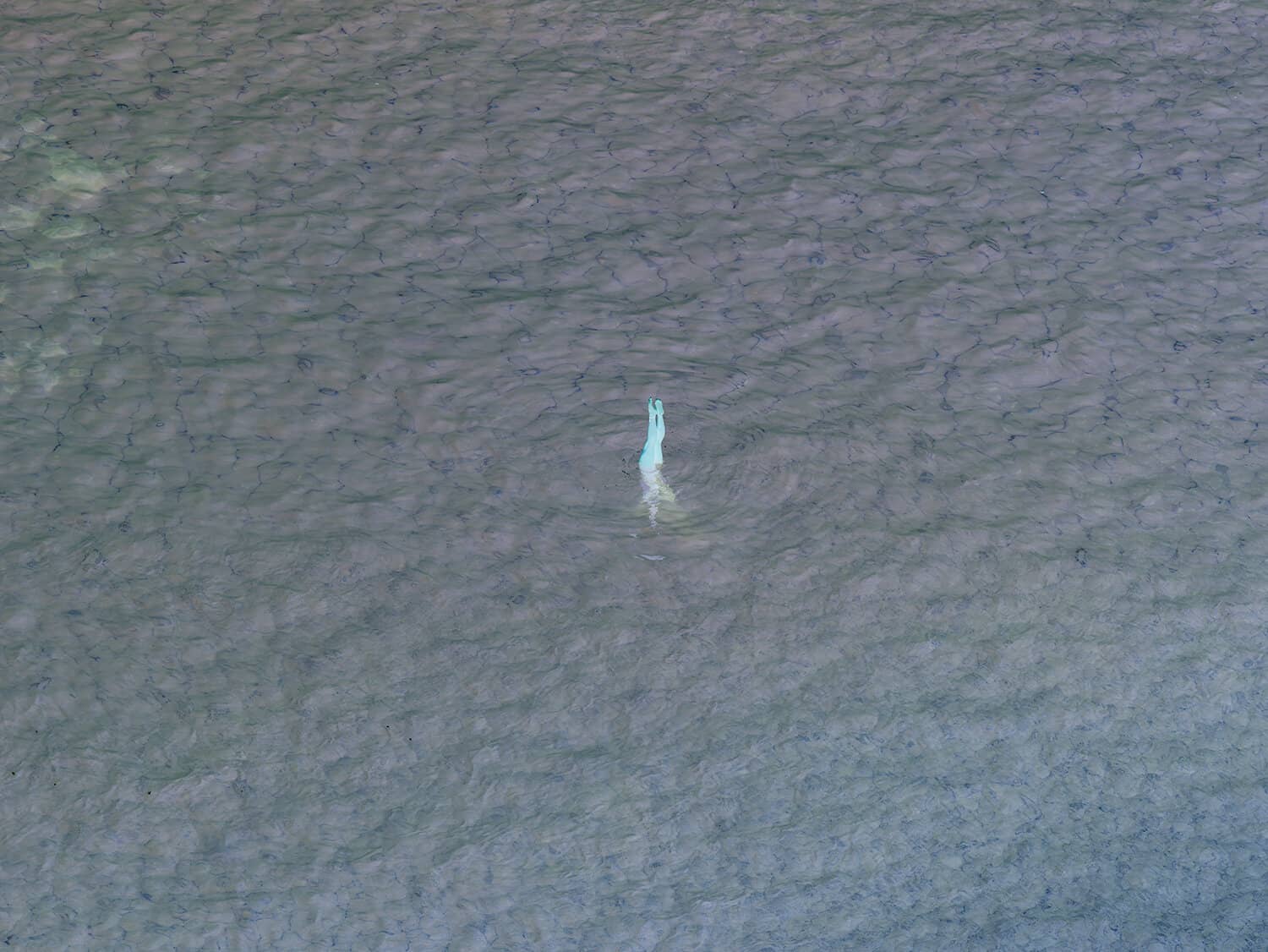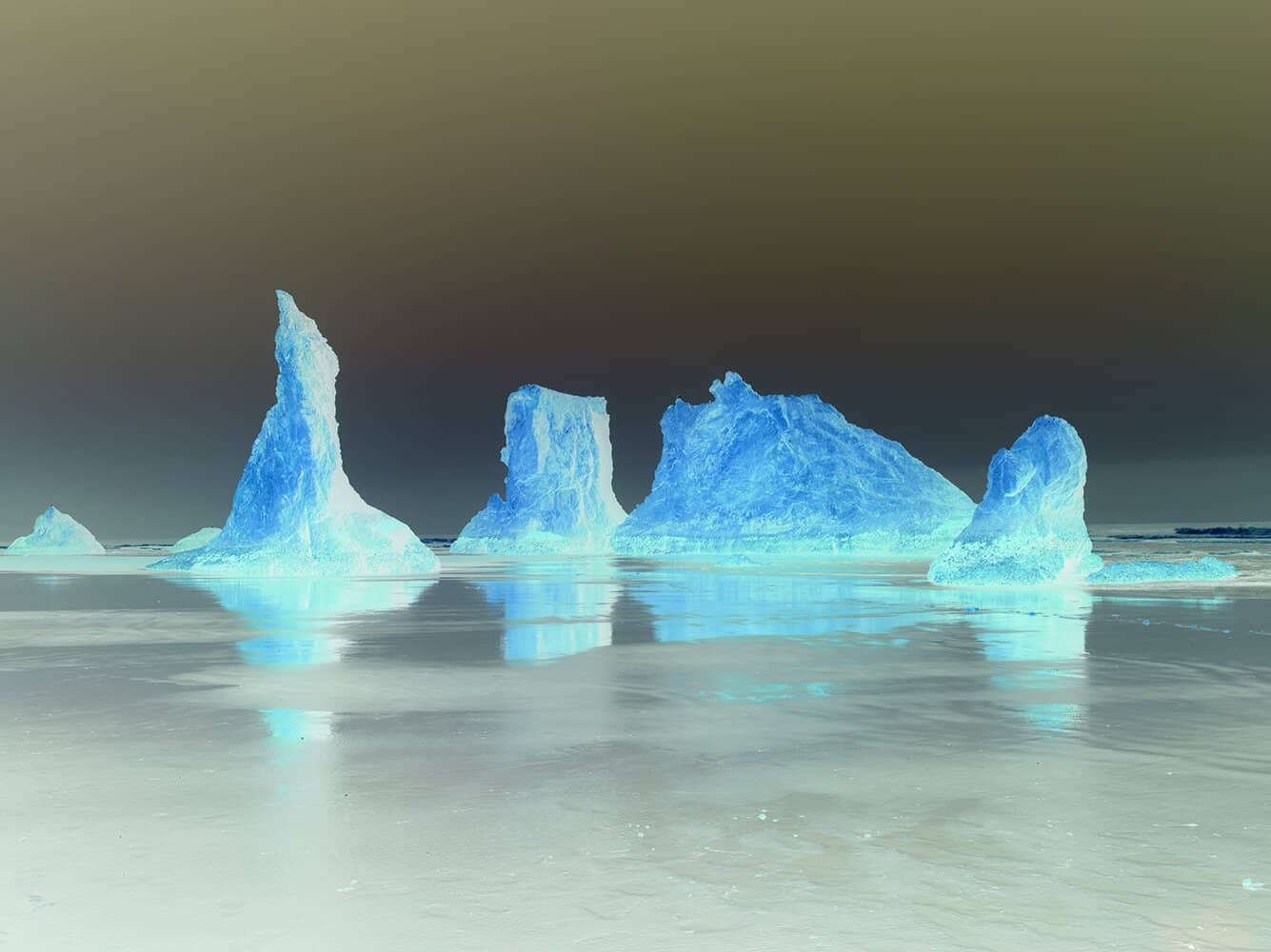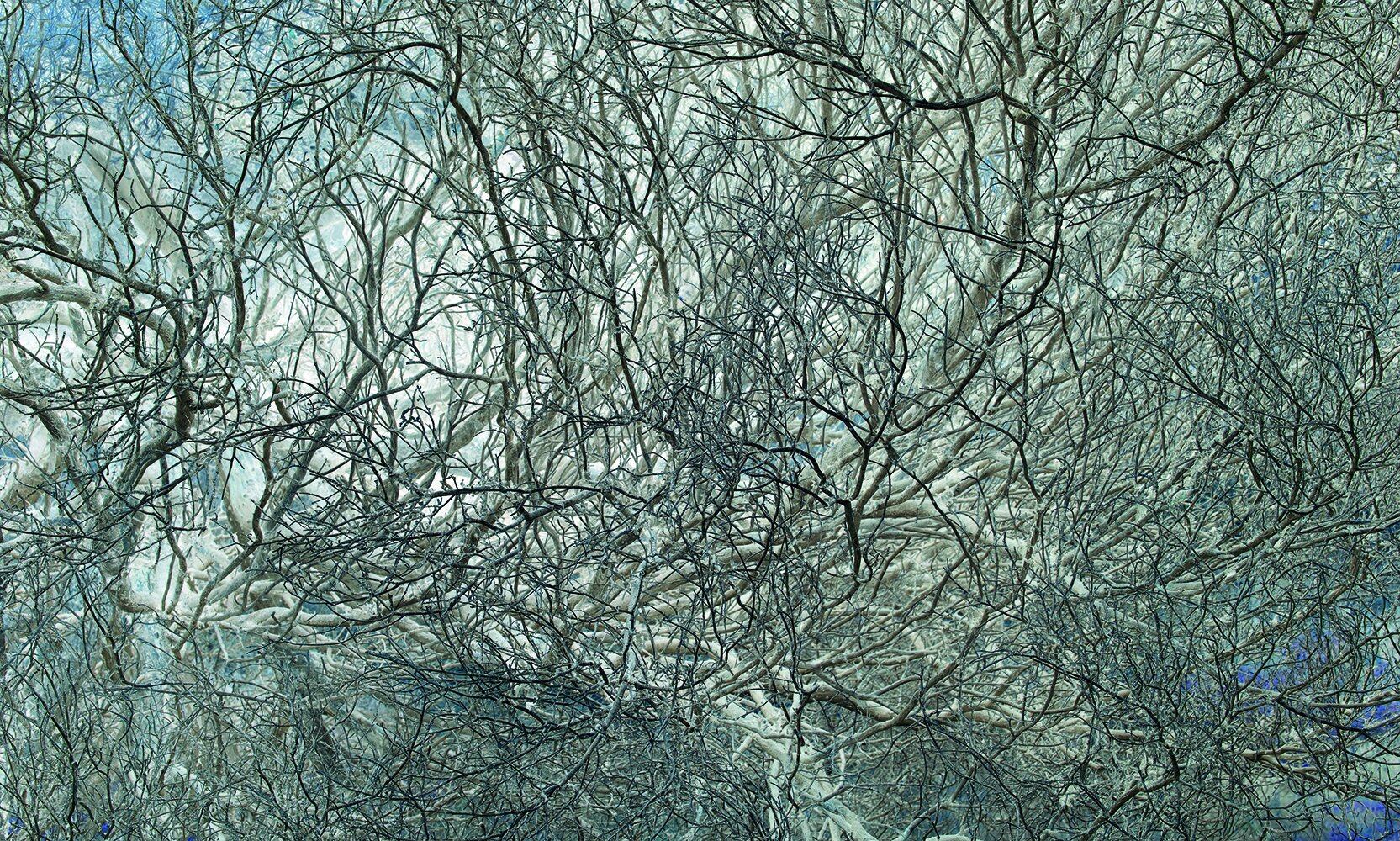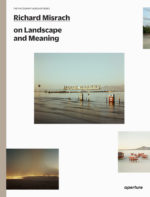La photographie n’a pas inventé l’imagerie en noir et blanc, mais elle l’a certainement fait proliférer si largement que lorsque la couleur a été introduite dans le médium, il semblait presque contre nature. Avec son nouveau travail, Richard Misrach semble déterminé à renouveler ce sentiment d’inconnu, à raviver l’idée que la couleur n’est pas fiable, artificielle. Mais il prend soin de ne pas mettre sa gravité en danger. C’est un équilibre délicat à trouver. — Nancy Princenthal, Art in America
Ansel Adams, pianiste classique et photographe de renom, a comparé le négatif photographique à une partition musicale qui peut être interprétée/imprimée de nombreuses façons. John Cage, le compositeur d’avant-garde, a compilé des partitions de nombreux compositeurs et artistes et les a présentées comme de l’art graphique dans la publication 1969 Notations. C’est la fusion de ces deux idées, de ces sources improbables, qui constitue la base de ce projet. Depuis 2006, coïncidant avec le passage de Richard Misrach du film argentique à un appareil photo numérique, il s’intéresse à l’image négative de la photographie en tant qu’expérience esthétique à part entière. Cet ouvrage, ce livre, est un hommage à la fin de l’ère argentique de la photographie ; text de Darius Himes.
Photography didn’t invent black-and-white imagery, but it certainly caused it to proliferate so widely that when color was introduced to the medium, it seemed almost unnatural. With his new work, Misrach appears determined to renew that sense of unfamiliarity—to revive the idea that color is unreliable, artificial. But he is careful not to put its seriousness at risk. It’s a tricky balance to strike. — Nancy Princenthal, Art in America
Ansel Adams, a classical pianist as well as renowned photographer, compared the photographic negative to a musical score that can be interpreted/printed in numerous ways. John Cage, the avant-garde composer, compiled scores by numerous composers and artists and presented them as graphic art in the 1969 publication Notations. It is the merging of these two ideas, from these unlikely sources, that form the foundation for this project. Since 2006, coinciding with Richard Misrach’s shift away from analog film to working exclusively with a digital camera, he has been interested in the negative image in photography as an aesthetic experience in its own right. This body of work, this book, is an homage to the end of the analog era in photography ; text by Darius Himes.


